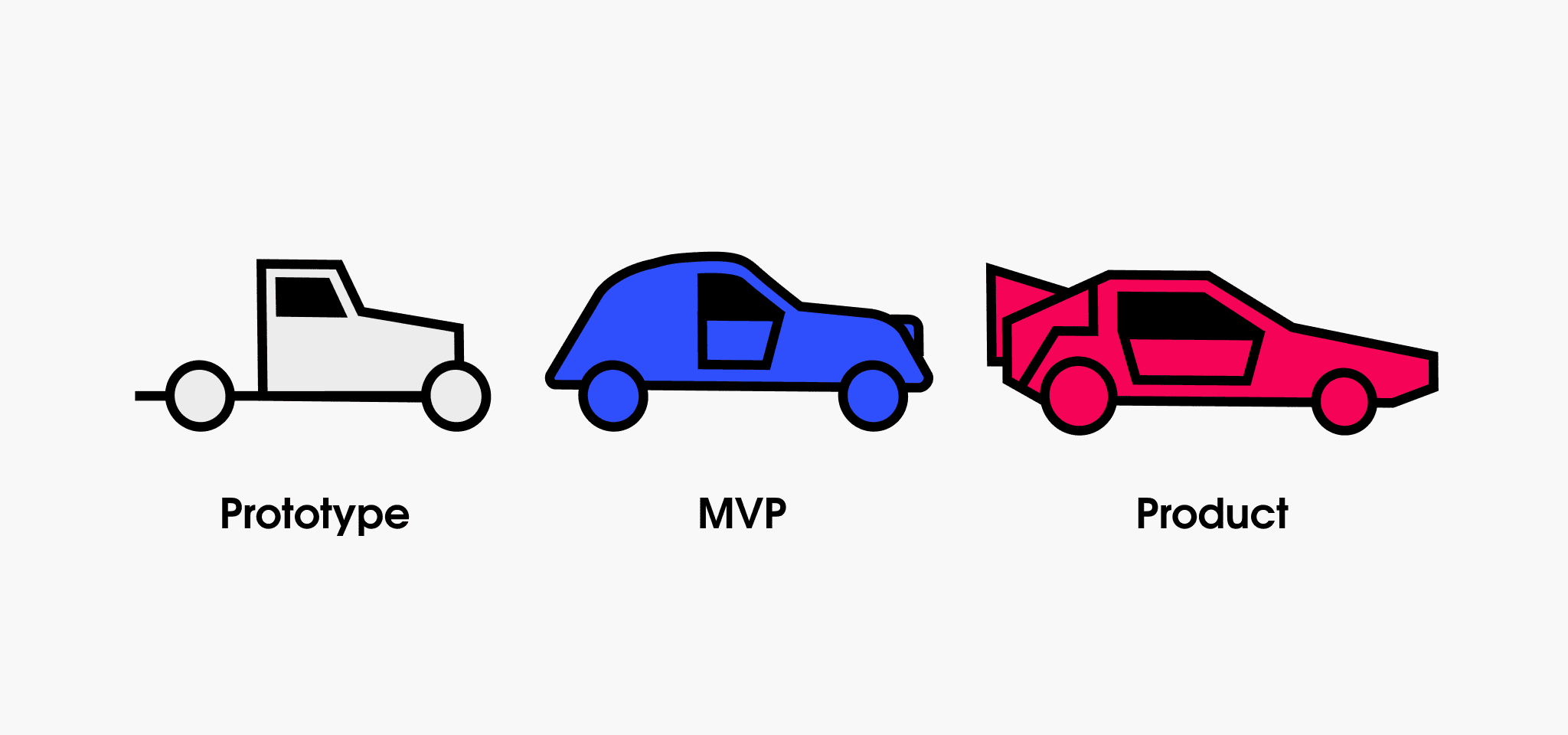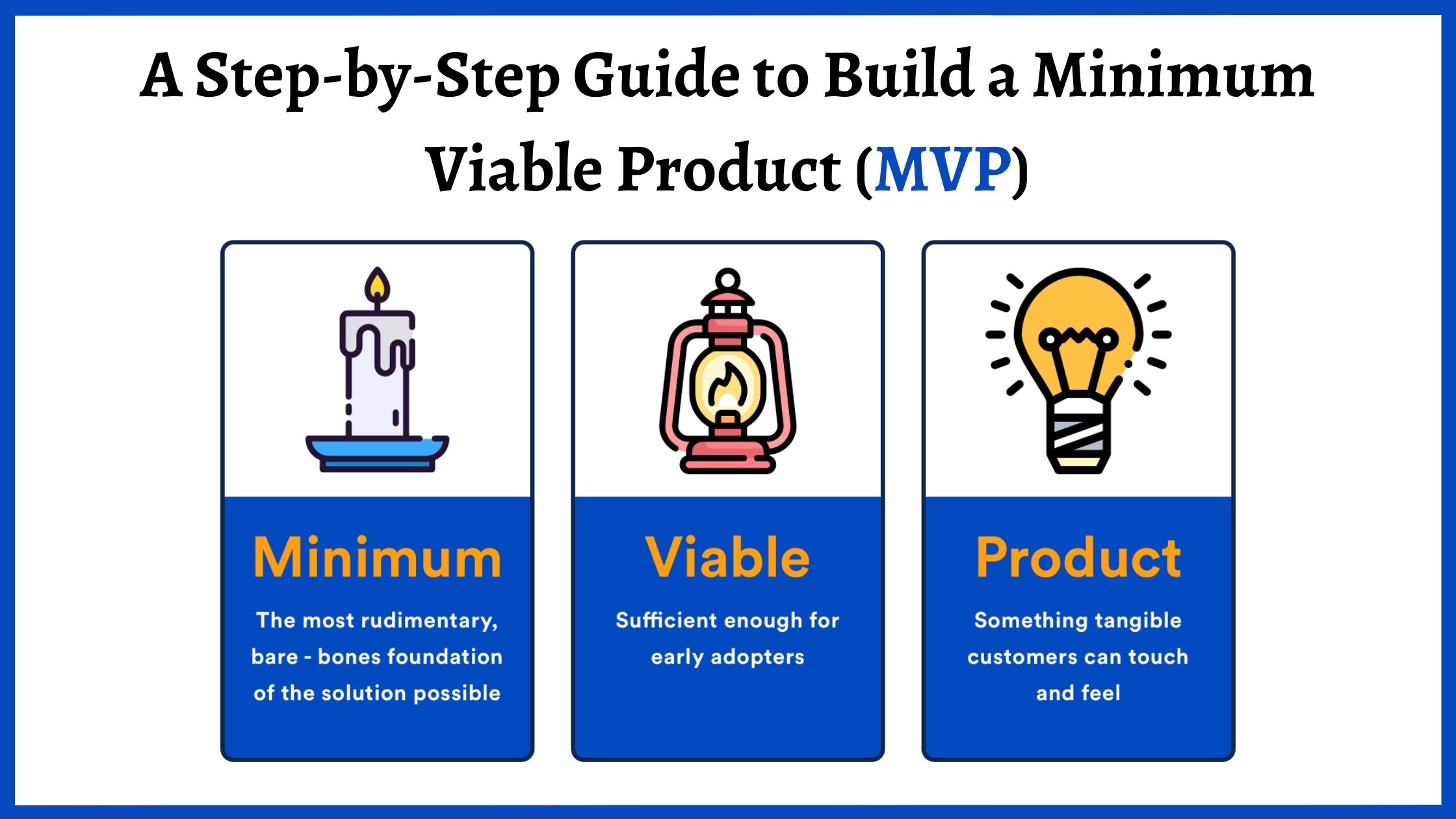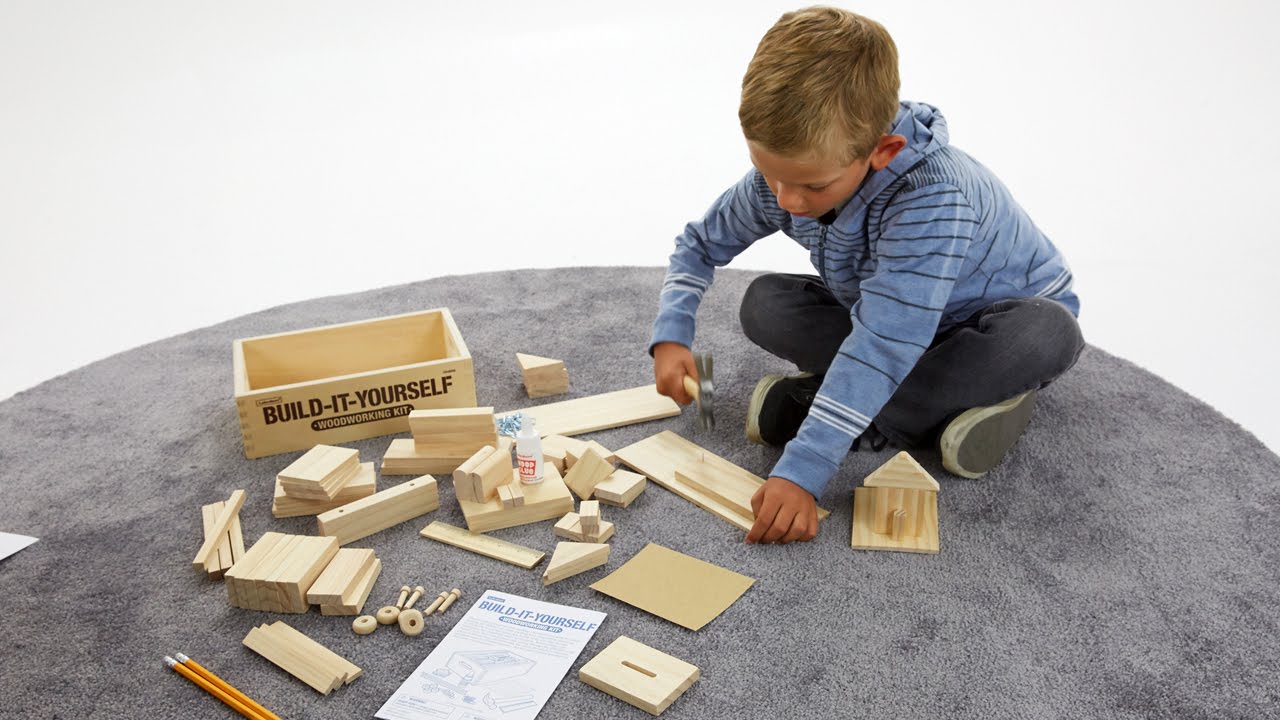The Developer's Guide to Building Your First MVP: From Code to Launch in 2024
Master the technical aspects of MVP development with our comprehensive guide. Learn coding best practices, architecture decisions, and deployment strategies to build a successful minimum viable product in 2024.

Introduction: The Technical Side of MVP Development
Hey there, fellow developer! 👨💻 So, you've been tasked with building an MVP, and you're wondering where to start? Don't worry - I've got your back. In this deep-dive technical guide, we'll explore everything from choosing your tech stack to deploying your first working prototype.
Understanding Modern MVP Architecture
Let's kick things off with the foundation of any successful MVP - its architecture. In 2024, we're seeing a shift towards more modular, scalable approaches that can grow with your product.
Microservices vs. Monolith: Making the Right Choice
When it comes to MVP architecture, you've got two main paths to choose from. Here's a detailed breakdown:
Monolithic Architecture Benefits
- Faster initial development
- Simpler deployment
- Easier debugging
- Lower operational complexity
Microservices Benefits
- Better scalability
- Independent service deployment
- Technology flexibility
- Easier team distribution
Setting Up Your Development Environment
Before writing any code, you need a robust development environment. Let's set things up right from the start.
Essential Developer Tools
-
Version Control
git init git flow init -
Development Environment
docker-compose up -d npm install -
CI/CD Pipeline
name: MVP Pipeline on: [push] jobs: build: runs-on: ubuntu-latest
Choosing Your Tech Stack
Frontend Framework Selection
Let's compare popular frontend options for MVPs:
| Framework | Learning Curve | Performance | Community Support |
|---|---|---|---|
| React | Moderate | High | Excellent |
| Vue | Low | High | Good |
| Svelte | Low | Excellent | Growing |
Backend Technologies
The backend is your MVP's backbone. Here's what you need to consider:
-
API Development
- REST vs GraphQL
- Authentication
- Rate limiting
- Caching strategies
-
Database Selection
-- Example Schema CREATE TABLE users ( id SERIAL PRIMARY KEY, email VARCHAR(255) UNIQUE, created_at TIMESTAMP DEFAULT NOW() );
MVP Development Workflow
Sprint Planning for MVPs
A typical MVP sprint structure:
-
Week 1-2: Core Features
- User authentication
- Basic CRUD operations
- MVP database schema
-
Week 3-4: Essential Features
- API endpoints
- Frontend components
- Basic styling
Code Quality Standards
Maintaining quality while moving fast:
// Good MVP Code Example
const validateUser = async (user) => {
try {
const schema = Joi.object({
email: Joi.string().email().required(),
password: Joi.string().min(8).required()
});
return await schema.validateAsync(user);
} catch (error) {
throw new ValidationError(error.message);
}
};
Database Design for MVPs
Schema Design Principles
Keep your database schema simple but extensible:
-- MVP-friendly schema
CREATE TABLE products (
id SERIAL PRIMARY KEY,
name VARCHAR(255) NOT NULL,
description TEXT,
price DECIMAL(10,2),
created_at TIMESTAMP DEFAULT CURRENT_TIMESTAMP,
updated_at TIMESTAMP DEFAULT CURRENT_TIMESTAMP ON UPDATE CURRENT_TIMESTAMP
);
API Development Best Practices
RESTful API Design
Example of a well-structured MVP API:
// User Routes
router.get('/api/v1/users', userController.list);
router.post('/api/v1/users', userController.create);
router.get('/api/v1/users/:id', userController.get);
Frontend Development Strategies
Component Architecture
Organize your components efficiently:
// Example React Component
const ProductCard = ({ product }) => {
const { name, price, description } = product;
return (
<div className="product-card">
<h3>{name}</h3>
<p>{description}</p>
<span>${price}</span>
</div>
);
};
Testing Strategies for MVPs
Essential Test Coverage
Focus on critical path testing:
describe('User Authentication', () => {
it('should create a new user', async () => {
const user = await createUser({
email: 'test@example.com',
password: 'securepass123'
});
expect(user).toHaveProperty('id');
});
});
Deployment and DevOps
Container Strategy
Using Docker for consistency:
FROM node:16-alpine
WORKDIR /app
COPY package*.json ./
RUN npm install
COPY . .
CMD ["npm", "start"]
Performance Optimization
Early Optimization Techniques
Focus on these key areas:
- Image optimization
- Code splitting
- Caching strategies
- Database indexing
Security Considerations
MVP Security Checklist
Essential security measures:
- Input validation
- HTTPS everywhere
- Authentication
- Rate limiting
- SQL injection prevention
Monitoring and Analytics
Setting Up Monitoring
// Example monitoring setup
const monitor = new Monitor({
service: 'mvp-app',
level: 'info',
transport: 'http'
});
Error Handling and Logging
Structured Logging
Implement comprehensive error tracking:
const logger = winston.createLogger({
level: 'info',
format: winston.format.json(),
transports: [
new winston.transports.File({ filename: 'error.log', level: 'error' }),
new winston.transports.File({ filename: 'combined.log' })
]
});
Frequently Asked Questions
Q: How do I handle database migrations in an MVP? A: Use a migration tool like Knex.js or Sequelize, and version control your migrations. Start with a simple schema that can be extended later.
Q: Should I implement user authentication from scratch? A: No, use established authentication libraries like Passport.js or Auth0 for security and speed of implementation.
Q: How much test coverage is enough for an MVP? A: Aim for 70-80% coverage of critical paths and core business logic. Don't worry about testing every edge case initially.
Q: Should I use TypeScript for my MVP? A: Yes, if your team is comfortable with it. The initial setup time is worth the reduced bugs and better maintainability.
Q: How do I handle scalability in my MVP? A: Start with a scalable architecture but don't over-engineer. Use cloud services that can scale with your needs.
Q: What's the best way to handle feature requests during MVP development? A: Maintain a prioritized backlog and only implement features that directly support your core value proposition.
Conclusion: Launching Your MVP
Remember, an MVP is about validating your idea with real users as quickly as possible. Focus on writing clean, maintainable code that solves the core problem, but don't get caught up in perfectionism.
Start with a solid foundation, implement the must-have features, and get your product in front of users. You can always refactor and improve later based on real user feedback.
Keep your code modular, your architecture simple, and your deployment pipeline automated. This way, you'll be ready to iterate quickly based on user feedback without accumulating technical debt.
Now, go forth and build something awesome! 🚀
MVP is a product with just enough features to satisfy early customers, and to provide feedback for future product development. Experiment is a procedure carried out to support, refute, or validate a hypothesis. MVPAgency is a digital agency that helps startups to build MVPs.




